Discover insights, tips, and stories from the skies — from aircraft buying guides to pilot training.
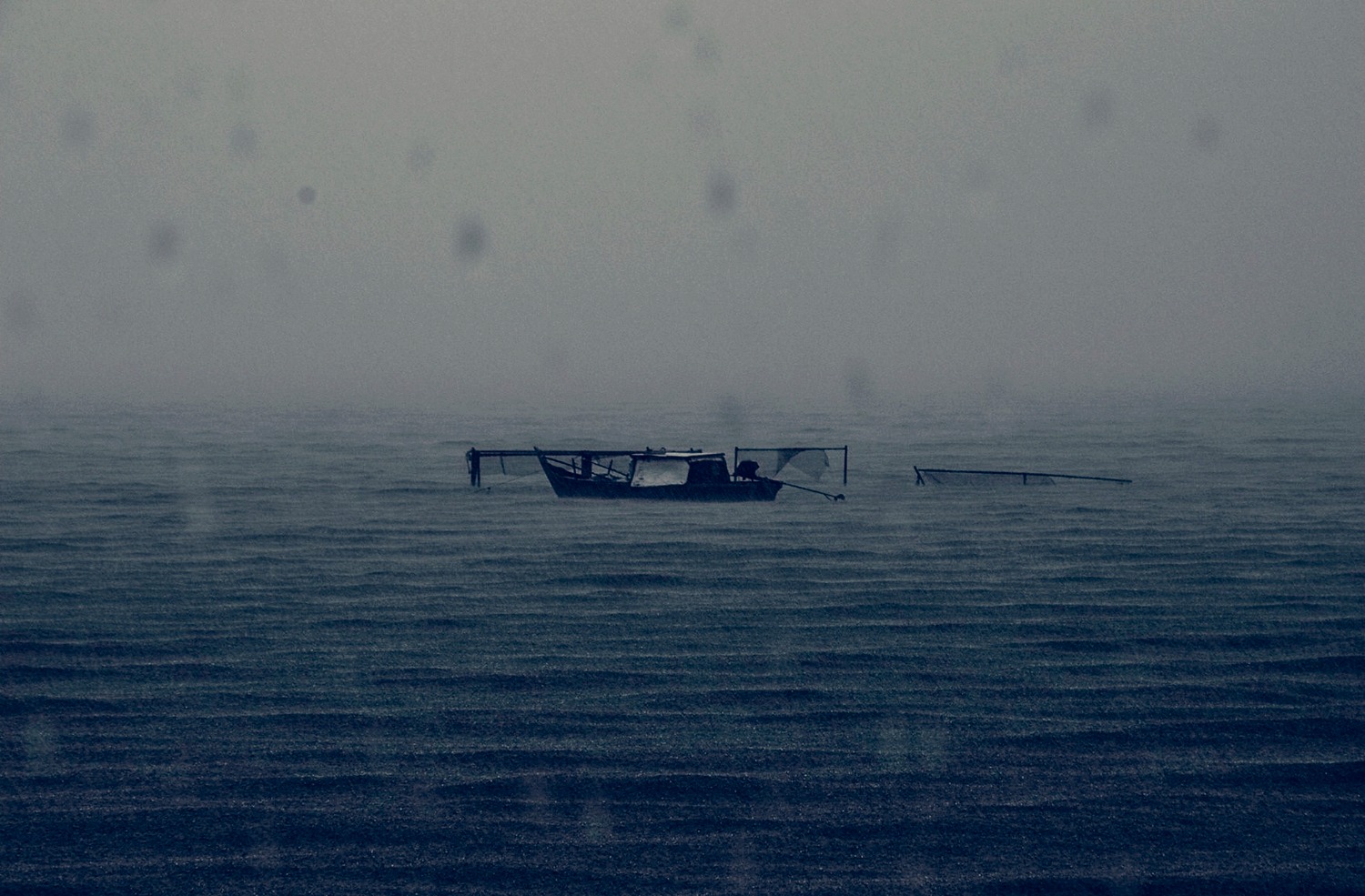
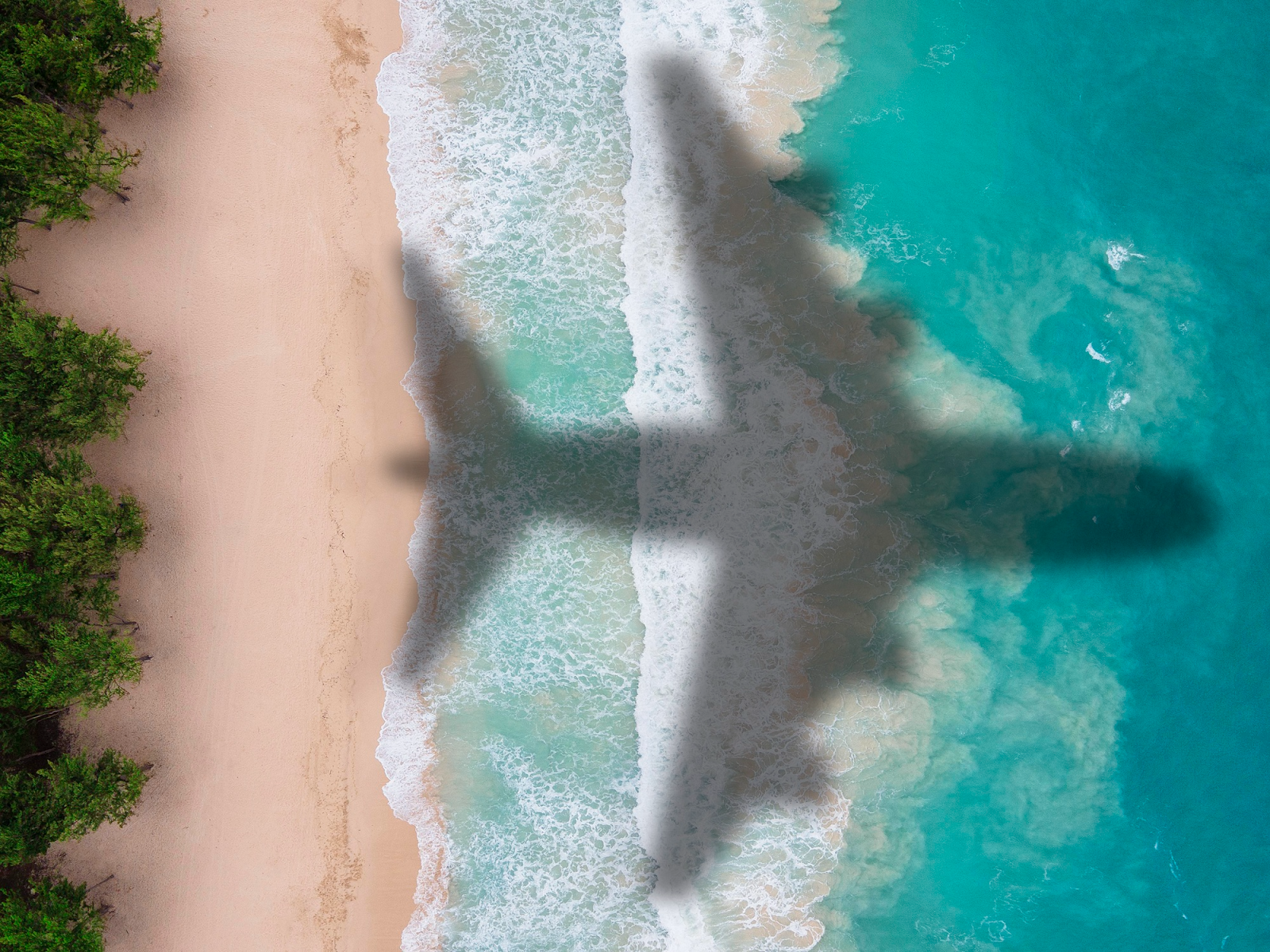
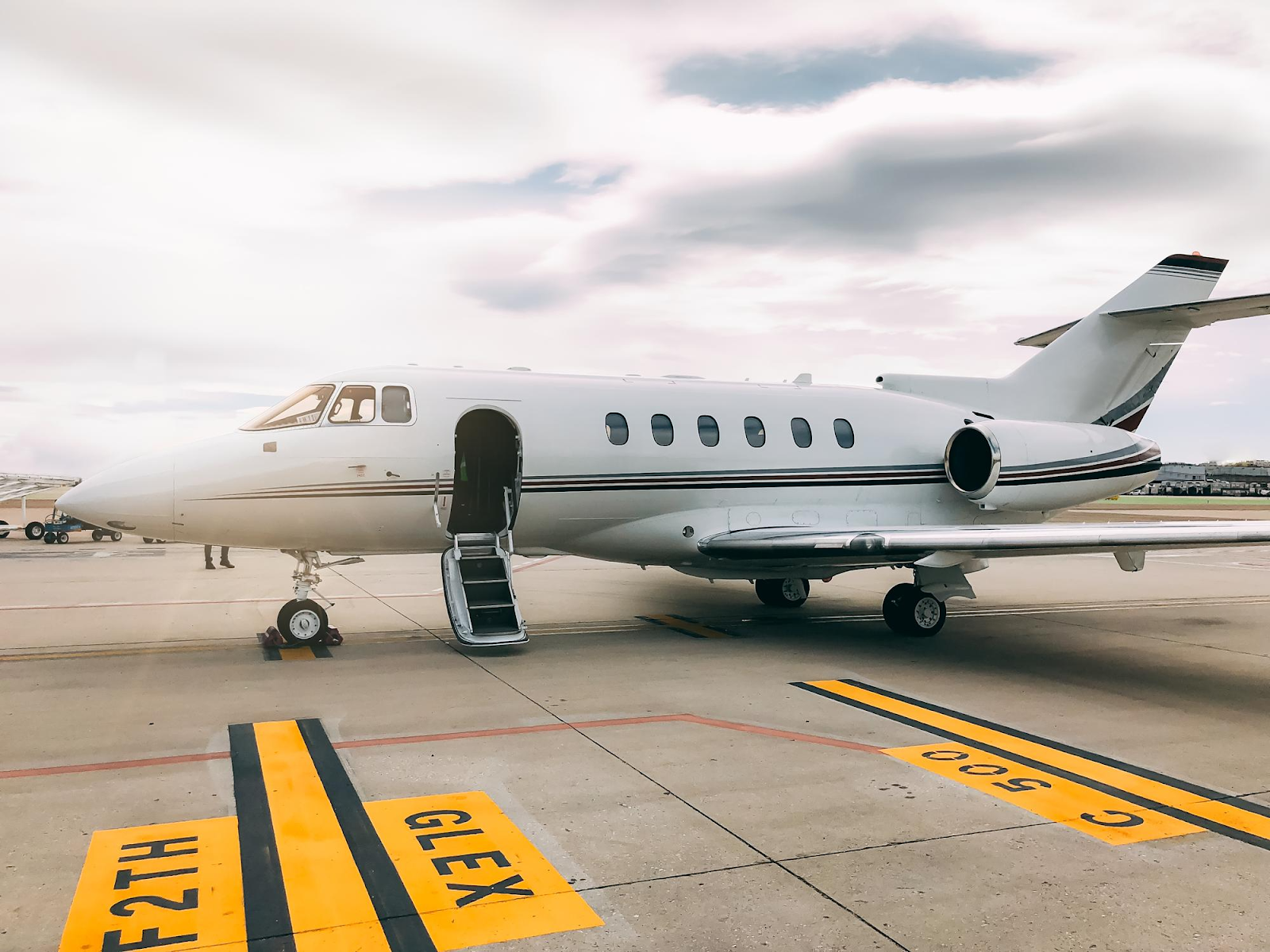
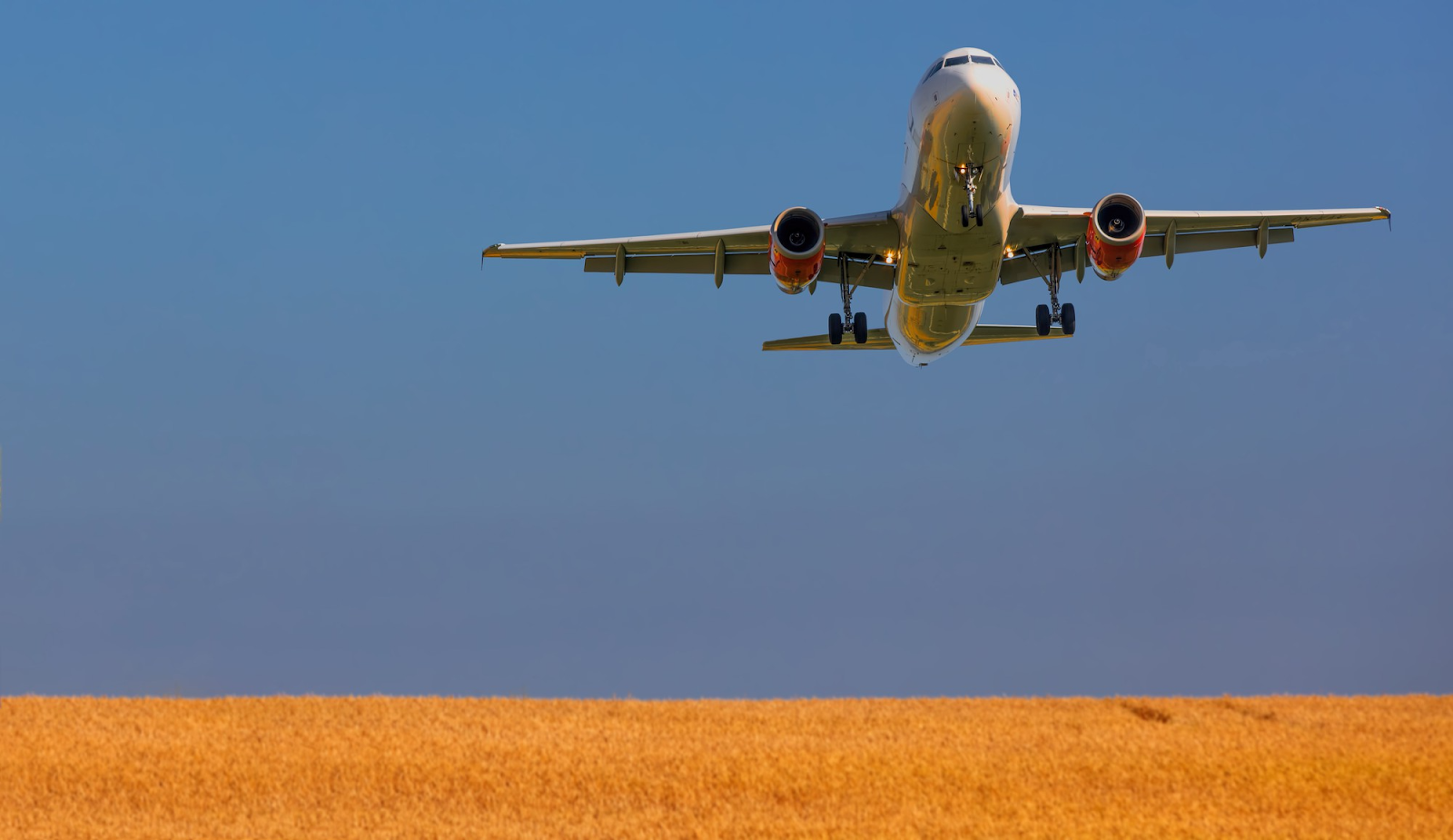
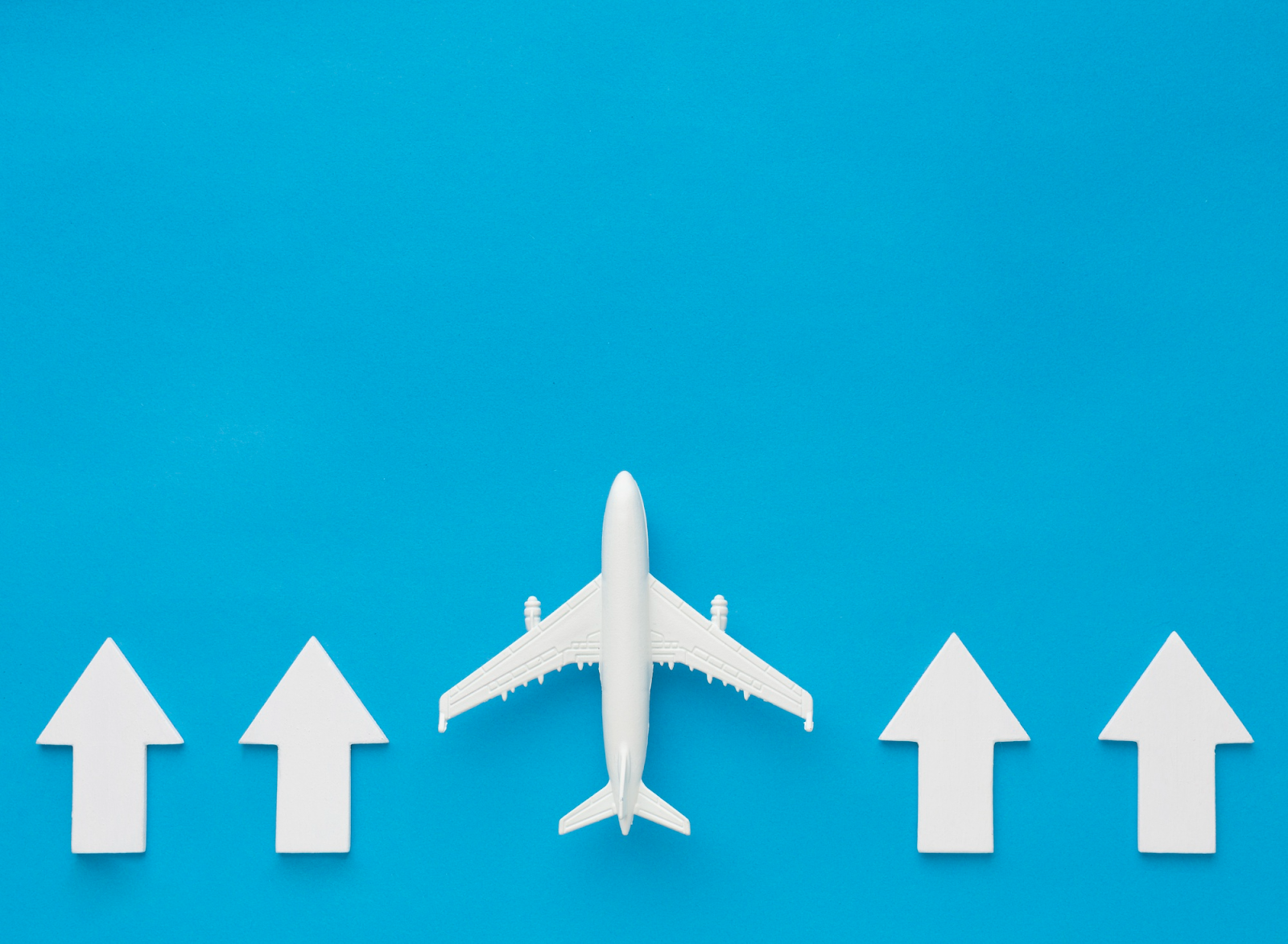
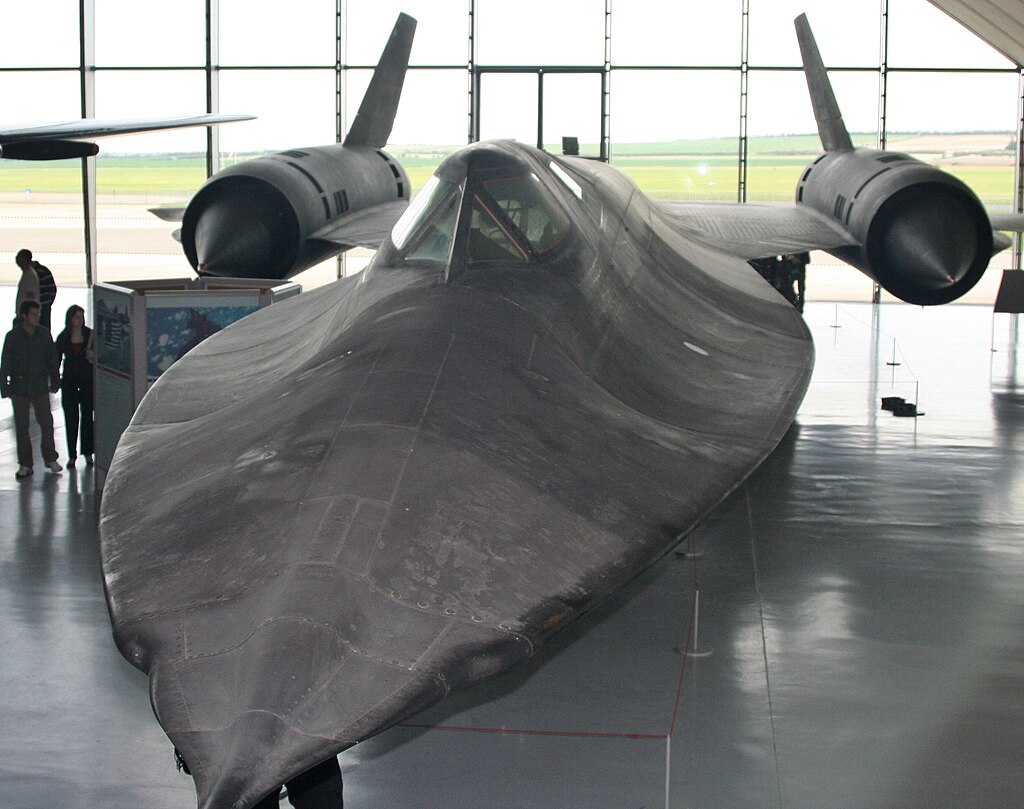
Published: August 15, 2025
Flying a military aircraft may look exciting, but some planes demand incredible skill and focus. The US Air Force has a long list of planes that push pilots to their limits. From high speeds to tricky landing conditions, certain designs make flying a true test.
The famous Lockheed U-2 Spy Plane, nicknamed the Dragon Lady, is one example that even seasoned pilots call the hardest plane to master. In fact, U-2 pilots must stall the jet just a few feet above the runway to land safely, while a chase car speeds behind to call out its height.
Before looking at the full list of challenging jets, it helps to understand why some aircraft are tougher to handle than others, what skills a pilot must have, and if newer models are always easier to manage.
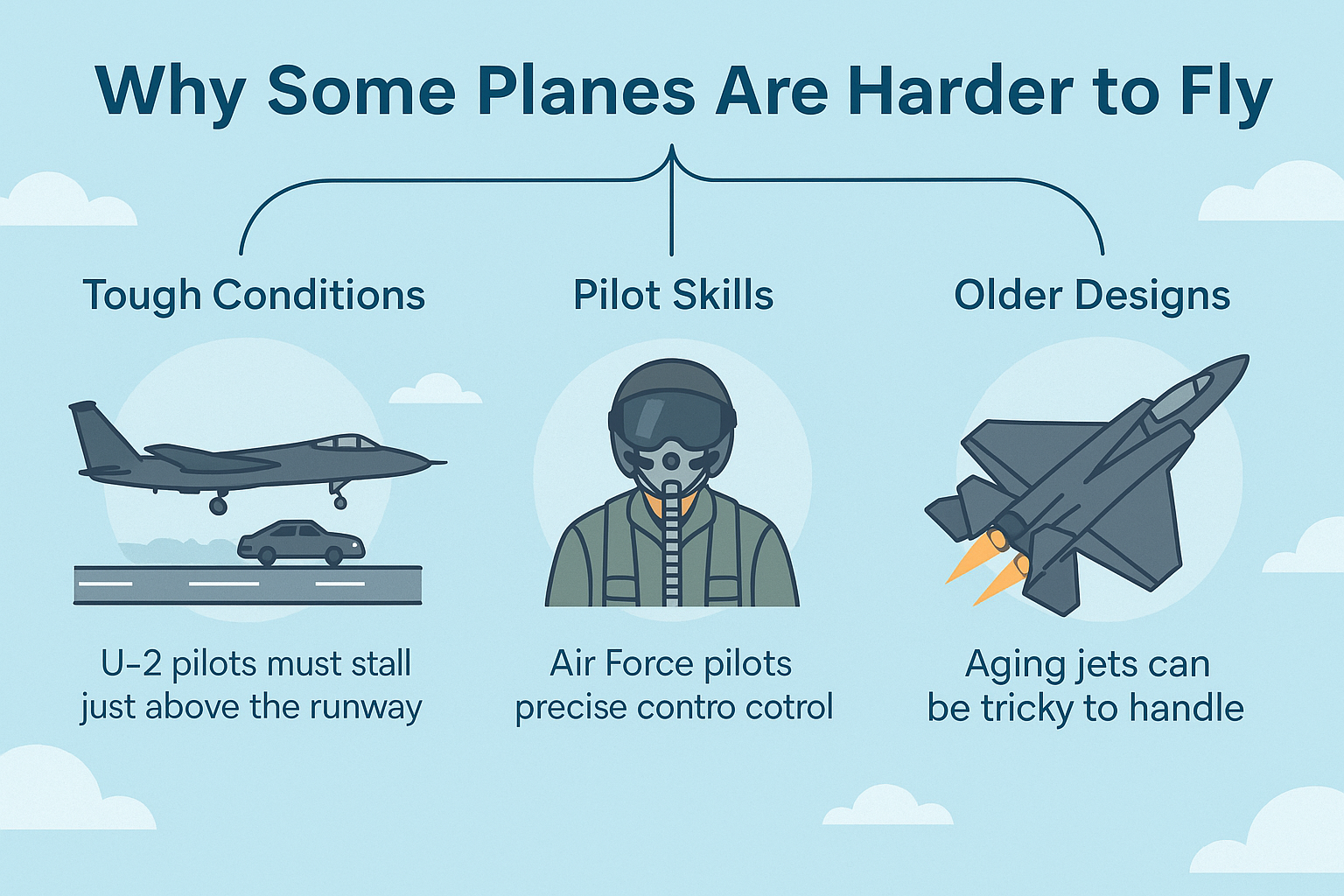
Every aircraft to fly is different, but some are much more challenging to fly than others. There are many reasons for this, and each adds stress for the person inside the cockpit.
Another reason some planes are demanding is the airframe itself. A large bomber has sheer size to manage, while a small fighter jet may be so quick and twitchy that even a tiny move creates big changes. Naval aircraft, designed to take off and land on an aircraft carrier, add a completely different layer of challenge.
The result is a mix of difficult military aircraft across history. Each of them had unique reasons for being tough, whether it was handling, speed, or mission design. Understanding these points helps explain why some military planes have reputations that last for decades.
Flying any US Air Force plane requires years of training, but handling the toughest ones calls for even more. A u-2 pilot, for example, must learn to guide the Dragon Lady down to the runway with precision. The landing feels like balancing on a knife’s edge.
Key skills include:
The cockpit of these planes is packed with instruments, switches, and warnings. Pilots must read and act on them instantly. For example, the Lockheed F-117 Nighthawk, the first operational stealth aircraft, had controls that only worked smoothly because of advanced computer support. Still, training to master it took months of hard work.
History also shows how air combat skills shaped pilot training. The soviet military built jets to match the United States, so the US military aircraft program had to keep evolving. A strong pilot could turn the tide in battle by making better use of exceptional performance planes.
Even today, these skills remain vital. From guiding a heavy bomber with a heavy payload to landing on an aircraft carrier, the ability to stay calm, steady, and sharp separates a good pilot from a great one.
It may seem that modern jets should be easier to fly. After all, technology has grown, and computers support the pilot in ways older planes never could. But that idea does not always match reality.
Take the Lockheed F-117 Nighthawk again. While it was the first operational stealth aircraft, its airframe was unstable. Computers made it flyable, but pilots had to trust the systems completely. That alone was stressful. The F-117 also demanded very careful landing, as the controls were unforgiving close to the ground.
Older planes like the Lockheed P-38 Lightning or the Chance Vought F4U Corsair posed different struggles. Their distinct design or carrier-based roles made them hard for other reasons. These types of naval aircraft had to catch wires on a moving aircraft carrier, a skill that took hours of practice.
Newer US military aircraft can feel smoother to handle in normal flight, but they bring their own set of challenges. Managing weapons, guiding sensors, and flying complex missions at the same time is demanding. Even with better technology, a modern fighter jet or attack aircraft still pushes human skill.
So, while computers make flying stable, they don’t erase the pressure of mission goals, combat, or dangerous landing conditions. In some ways, the load has shifted from holding the stick steady to managing a battlefield from inside the cockpit. The balance between pilot and machine keeps evolving, but each era proves there will always be planes that stand out as difficult military aircraft.
Flying an aircraft difficult to handle can feel like the ultimate test. These planes stretch skills, punish mistakes, and keep pilots humble. Some are hard because of their design, some because of their speed, and some because of their missions.
Together, they show how flying the most prestigious plane in the air force can also mean facing the toughest tasks.
| Aircraft | Era / Service | Why It’s Hard | Standout Fact |
| Lockheed U-2 “Dragon Lady” | 1950s–present | High-altitude flight with only ~10 knots between stall and overspeed; tricky bicycle landing gear | Pilots must stall the plane a few feet above the runway, guided by a chase car calling out altitude. |
| Lockheed SR-71 Blackbird | 1960s–1998 | Extreme speed, complex jet engines, violent “unstarts” generated during high-speed maneuvers | Still holds record for fastest manned jet at Mach 3.3; avoided every missile fired at it. |
| Convair B-58 Hustler | 1960s–1970s | Supersonic swept-wing bomber; unstable and high workload | Required full escape capsules after accidents revealed its high accident rate. |
| Lockheed F-104 Starfighter | 1950s–1980s | Thin wings = very high landing speed and poor low-speed handling | Known as the “Widowmaker” because of its high accident rate, especially in Europe. |
| North American F-100 Super Sabre | 1950s–1970s | Prone to pitch-up at low speed; dangerous “Sabre Dance” during landing phase | Pilots had to make exact control inputs to maintain control close to stall. |
| Republic F-105 Thunderchief | 1960s–1970s | Large, single-engine attack aircraft with heavy payload; hard to maneuver low and fast | Lost nearly half its fleet in Vietnam, one of the highest attrition rates among US Air Force jets. |
| Northrop T-38 Talon | 1960s–present | Trainer with very high stall speed and sensitive handling | Still used today; prepares student pilots for flying a fighter aircraft with demanding landings. |
| Bell-Boeing CV-22 Osprey | 2000s–present | Tiltrotor design requires adapting to the idiosyncrasies of both helicopter and plane flight | Has had multiple stand-downs for safety reviews, making it an aircraft difficult to master. |
| Boeing B-52 Stratofortress | 1950s–present | Enormous airframe, unique swivel gear, tricky crosswind landings | Pilots steer the landing gear sideways, so it can land while pointing into the wind. |
| General Dynamics F-111 Aardvark | 1960s–1990s | Variable-sweep wings, night low-level flight, reliance on terrain-following radar | Featured unique horizontal exhaust vents and demanded total trust in autopilot at low altitude. |
| Lockheed F-117 Nighthawk | 1980s–2008 | Unstable stealth design, only flyable by computer; difficult to control in landing | The first operational stealth aircraft; even the most experienced pilots found it demanding. |
Here’s a deeper look at each of the hardest planes to fly in the air force:
The Lockheed U-2 Spy Plane, known as the Dragon Lady, might be the toughest of them all. It was built for high-altitude missions above 70,000 feet, where thin air leaves no room for mistakes. At that height, the space between safe flight and stall is only a few knots of stall speed.
The wings are long and glider-like, which helps it soar high but makes the landing phase brutal. The U-2 floats above the runway so much that pilots cannot tell their exact height. To solve this, the Air Force uses a chase car, driven at high speed behind the plane. The chase pilot calls out numbers so the U-2 can settle gently.
Its bicycle-style landing gear adds to the difficulty. If the control inputs are even slightly off, the plane can wobble or tip. Many call it the most difficult to land plane in service, and it has remained a constant challenge for pilots since the 1950s.
The SR-71 is legendary. It is also one of the most expensive air force planes ever built. Flying at over Mach 3 meant the plane heated up so much that fuel tanks leaked until the airframe expanded in flight.
Its jet engines were unique. They used special inlets that adjusted airflow as speed increased. If they failed, the engine could “unstart,” a violent event generated during high-speed maneuvers that jolted the aircraft sideways.
Inside the cockpit, temperatures rose high, making long missions exhausting. To master the Blackbird, a pilot had to be calm and disciplined. Its speed gave it safety, but its quirks made it one of the most difficult aircraft to operate safely.
The B-58 Hustler was a sleek bomber with a triangular swept-wing design. It was fast and advanced for its time, but it also had a high accident rate.
The crew had to handle an overwhelming number of tasks. Each mission demanded coordination, and the aircraft difficult systems required perfect timing. It was also sensitive to turbulence, which made it difficult to control at speed.
To keep crews safe, designers eventually added escape capsules instead of ejection seats. This showed just how dangerous the Hustler could be. Despite the risks, its exceptional performance paved the way for faster bombers.
Nicknamed the “Missile with a Man in It,” the F-104 was one of the most infamous difficult military aircraft to fly. Its wings were razor-thin and short, designed for speed rather than safety.
The design meant very high landing speed. Pilots had to meet the precise glide slope angle or risk overshooting or crashing. To make matters worse, the limited cockpit visibility made judging the approach harder.
In many countries, the F-104 suffered a high accident rate. Though it could climb fast and fly quickly, it proved difficult to control in slow flight. Its record gave it a reputation as one of the most dangerous fighter aircraft of its time.
The F-100 was the first American fighter jet to break the sound barrier in level flight. But it had serious handling problems.
At slow speeds, the F-100 was prone to a sudden pitch-up that could flip the plane. Pilots called this the “Sabre Dance.” During the landing phase, avoiding this danger required sharp focus and careful control inputs.
For many, the F-100 was more than a machine — it was a teacher. It showed engineers what could go wrong when pushing design too far. For pilots, it was a challenge for pilots that demanded steady nerves and constant practice.
The F-105, known as the “Thud,” was a massive attack aircraft. It carried a heavy payload of bombs into dangerous missions over Vietnam.
Flying low and fast made it hard to escape threats. Its size meant it was slow to turn during air combat, leaving it exposed. It required absolute precision to fly these missions, with no margin for error.
The F-105 suffered high losses in combat. This was not only due to enemy fire but also the difficulty of flying such a heavy plane in demanding conditions. It remains one of the toughest planes the Air Force ever used.
The T-38 is a trainer, but it is also one of the most difficult to land planes. It flies like a small fighter jet, with sharp responses and little forgiveness.
For young pilots, mastering the T-38 is their first true test. It shows them what it means to fly at high speed and teaches the discipline needed for frontline military aircraft transitioned into service later.
The Osprey is unusual because it can fly like both a helicopter and a plane. This tiltrotor design means crews must be adapting to the idiosyncrasies of two very different aircraft types.
While powerful for special operations, the Osprey is considered an aircraft difficult to master fully.
The B-52 bomber is huge, but its size hides unique quirks. Its landing gear can swivel sideways, letting the jet land at an angle in crosswinds.
During the landing phase, this system requires precise control inputs. Pilots line up the gear with the wind, while the nose still points forward. It looks awkward, but it keeps the bomber safe.
Managing eight jet engines and a long airframe adds to the workload. Even with decades of service, the B-52 keeps pilots on their toes.
The F-111 had swing wings and unique horizontal exhaust vents. It flew extremely low, guided by an automated system that hugged the terrain.
This was stressful because pilots had to trust the computer at night and in bad weather. Any failure could be fatal while flying at high speed just above the ground.
The F-111 showed how military aircraft transitioned into new technology. But it also proved that new designs could be complex and risky to manage.
The Lockheed F-117 Nighthawk was the first operational stealth aircraft. Its faceted airframe made it invisible to radar but aerodynamically unstable.
Computers kept it stable, but pilots had to trust them completely to maintain control. The jet was difficult to control at low speeds, and the landing phase was especially tense.
Even so, the F-117 was a breakthrough. While difficult aircraft, it changed modern warfare and earned its place among the most iconic US military aircraft in history.
Together, these planes prove that the Air Force has faced some of the most difficult military aircraft to fly. Each one, from the U-2 to the F-117, taught lessons that shaped aviation today.
From old warbirds like the F-86 Sabre to modern stealth jets like the Lockheed F-117 Nighthawk, the US Air Force has flown planes that test even the best. Each model brings unique challenges, whether it’s unstable flight, tough landing gear, or extreme altitude. The 11 hardest aircraft to fly show how skill, focus, and training make the difference between safe missions and disaster.
To learn more about aviation topics and explore expert insights, visit Flying411 for more helpful resources!
The U-2 flies at high altitude with very small speed margins. Its bicycle landing gear also makes landings tricky, even for an experienced pilot.
The runway is short, moving, and pitching with the sea. Naval aircraft need exact precision and tailhooks to catch the arresting wires.
The P-38 was a World War II fighter with a twin-boom design. It flew long distances, carried heavy weapons, and had strong performance in air combat.
It was the first operational stealth aircraft. Its unstable airframe made it difficult to fly, even with computers, but it excelled in attack missions.
Modern jets are more stable thanks to computers, but pilots still face new challenges. Managing sensors, weapons, and missions adds heavy workload.